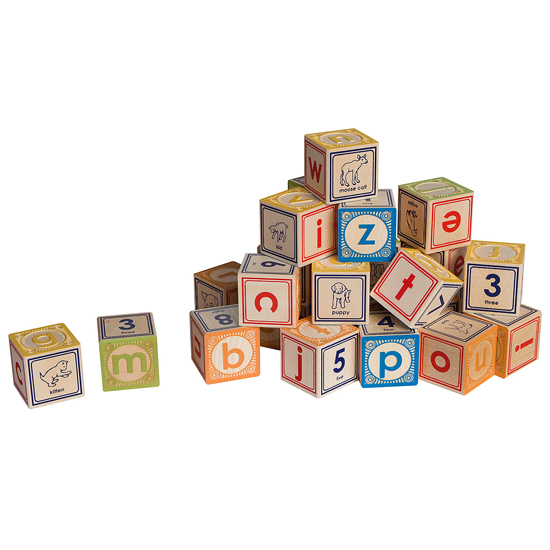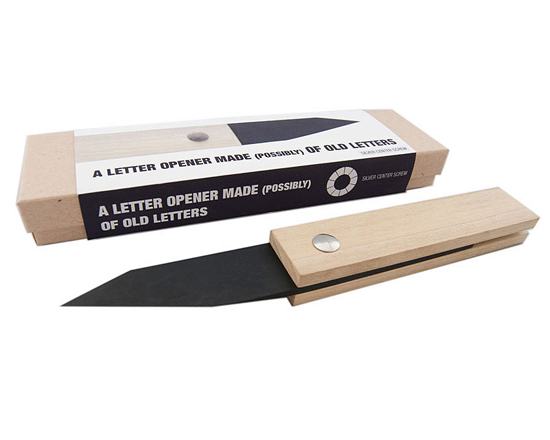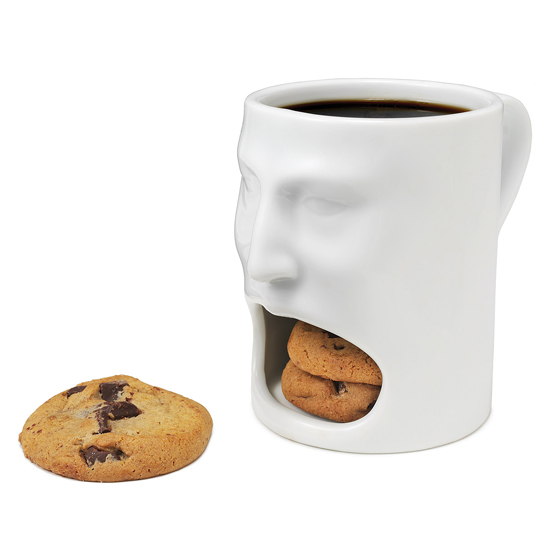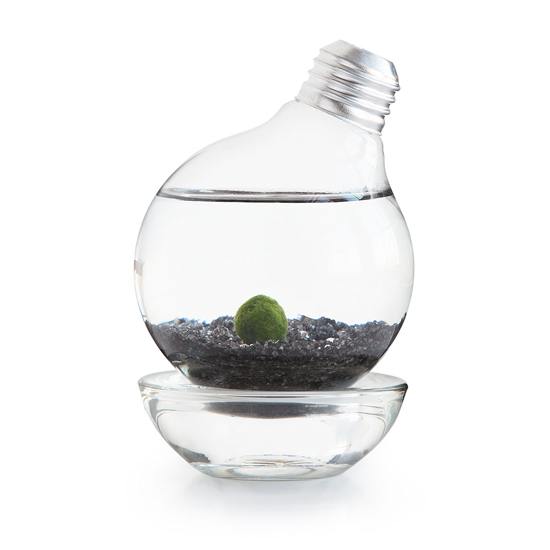 Nope, it’s not Z! It is no coincidence that I and J stand side-by-side—for centuries they were considered the same character! The letter J started as a swash, a typographical embellishment for the already existing I used to denote the conclusion of a series of ones—as in “Henry viij” for Henry the Eighth. Both I and J were used interchangeably to express the sound of both the vowel and the consonant until 1524 when Renaissance grammarian Gian Giorgio Trissino argued for poor J’s autonomy in his “Ɛpistola del Trissino de le lettere nuωvamente aggiunte ne la lingua italiana” (“Trissino’s epistle about the letters recently added in the Italian language”). After being snubbed for nearly three more centuries, J was finally acknowledged as a full-fledged letter in the nineteenth-century, making it the baby of the English alphabet.
Nope, it’s not Z! It is no coincidence that I and J stand side-by-side—for centuries they were considered the same character! The letter J started as a swash, a typographical embellishment for the already existing I used to denote the conclusion of a series of ones—as in “Henry viij” for Henry the Eighth. Both I and J were used interchangeably to express the sound of both the vowel and the consonant until 1524 when Renaissance grammarian Gian Giorgio Trissino argued for poor J’s autonomy in his “Ɛpistola del Trissino de le lettere nuωvamente aggiunte ne la lingua italiana” (“Trissino’s epistle about the letters recently added in the Italian language”). After being snubbed for nearly three more centuries, J was finally acknowledged as a full-fledged letter in the nineteenth-century, making it the baby of the English alphabet.
Uncommon Knowledge: How many times can you recycle a piece of paper?
March 11, 2013 Theoretically, a single paper fiber could survive the recycling process 20, 30, even 100 rounds, but the odds suggest that a strand only has about 5 lives. At the recycling plant, paper is heated and chopped into tiny bits to make pulp. During that process, the long fibers that make up virgin paper have about a 20% chance of being sliced into a fragment that’s too small to be reconstituted into top-quality sheets. Fortunately, this isn’t the end of the road for these subpar strands. Since paper quality declines after each recycling, there is a hierarchy that paper descends on its way to retirement. As they age, previously recycled sheets are typically transformed into something less distinguished, but still useful, like cereal boxes, milk cartons, or toilet paper.
Theoretically, a single paper fiber could survive the recycling process 20, 30, even 100 rounds, but the odds suggest that a strand only has about 5 lives. At the recycling plant, paper is heated and chopped into tiny bits to make pulp. During that process, the long fibers that make up virgin paper have about a 20% chance of being sliced into a fragment that’s too small to be reconstituted into top-quality sheets. Fortunately, this isn’t the end of the road for these subpar strands. Since paper quality declines after each recycling, there is a hierarchy that paper descends on its way to retirement. As they age, previously recycled sheets are typically transformed into something less distinguished, but still useful, like cereal boxes, milk cartons, or toilet paper.
Want an easy way to extend the life of that humble sheet of paper? Just remember to flip to the back!
 The fortune cookie has a number of origin stories, but none of them start in China! One of the earliest dates back to Los Angeles baker David Jung, who distributed cookies stuffed with biblical passages to the homeless as early as 1918. What we do know for sure is that China didn’t actually get a taste of the fortune cookie until it came to the country in 1993, sold as “genuine American fortune cookies.”
The fortune cookie has a number of origin stories, but none of them start in China! One of the earliest dates back to Los Angeles baker David Jung, who distributed cookies stuffed with biblical passages to the homeless as early as 1918. What we do know for sure is that China didn’t actually get a taste of the fortune cookie until it came to the country in 1993, sold as “genuine American fortune cookies.”
 It’s a familiar old rhyme that we don’t take much stock in any more: “Red sky at night, sailors’ delight; red sky at morning, sailors take warning.” But, for an age before satellite imaging, the rhyme contained some solid meteorological truth. The red sky mentioned is not just sunset or sunrise. As the sun rises in the east, if the sky around it is clear enough for its rays to reach the clouds in the west, it makes them glow red. That combination of clear and cloudy sky suggests that a weather front is moving through. Since most storm systems move from west to east, a red sky at morning shows clouds moving in from the west, while red sky at night is the result of clouds rolling safely away into the east.
It’s a familiar old rhyme that we don’t take much stock in any more: “Red sky at night, sailors’ delight; red sky at morning, sailors take warning.” But, for an age before satellite imaging, the rhyme contained some solid meteorological truth. The red sky mentioned is not just sunset or sunrise. As the sun rises in the east, if the sky around it is clear enough for its rays to reach the clouds in the west, it makes them glow red. That combination of clear and cloudy sky suggests that a weather front is moving through. Since most storm systems move from west to east, a red sky at morning shows clouds moving in from the west, while red sky at night is the result of clouds rolling safely away into the east.
 Nope. Someone took it from him. Albert Einstein was one of the great minds of the 20th century, and when he died in 1955 there was much curiosity about the brain behind the Theory of Relativity. Dr. Thomas Harvey, a pathologist at the University of Pennsylvania, conducted a standard autopsy, and then turned his attention to the brain. He carefully removed it, measured it, weighed it, preserved it, sent samples to other pathology experts, and then… simply took it home with him. Einstein’s brain remained in his possession for over twenty years before the theft was discovered.
Nope. Someone took it from him. Albert Einstein was one of the great minds of the 20th century, and when he died in 1955 there was much curiosity about the brain behind the Theory of Relativity. Dr. Thomas Harvey, a pathologist at the University of Pennsylvania, conducted a standard autopsy, and then turned his attention to the brain. He carefully removed it, measured it, weighed it, preserved it, sent samples to other pathology experts, and then… simply took it home with him. Einstein’s brain remained in his possession for over twenty years before the theft was discovered.
 It’s hard to imagine a time before the chocolate chip cookie, but the innovator who brought enlightenment to that dark age was Ruth Wakefield. Educated in food science, she left academia when she and her husband purchased a renovated toll house outside of Boston, and opened an inn and restaurant. In 1930, she was preparing a batch of chocolate cookies when she discovered she was out of cocoa powder. Thinking fast, she broke up a bar of semi-sweet chocolate and stirred it into the dough, expecting it to melt in the oven. Instead, she pulled out a new culinary innovation: the “Toll House Crunch Cookie.” The cookies were an instant hit grew so popular that when a chocolate company began producing the first chocolate chips, they asked if they could publish Wakefield’s recipe on the package. She agreed-in exchange for a lifetime supply of chocolate.
It’s hard to imagine a time before the chocolate chip cookie, but the innovator who brought enlightenment to that dark age was Ruth Wakefield. Educated in food science, she left academia when she and her husband purchased a renovated toll house outside of Boston, and opened an inn and restaurant. In 1930, she was preparing a batch of chocolate cookies when she discovered she was out of cocoa powder. Thinking fast, she broke up a bar of semi-sweet chocolate and stirred it into the dough, expecting it to melt in the oven. Instead, she pulled out a new culinary innovation: the “Toll House Crunch Cookie.” The cookies were an instant hit grew so popular that when a chocolate company began producing the first chocolate chips, they asked if they could publish Wakefield’s recipe on the package. She agreed-in exchange for a lifetime supply of chocolate.
 The growler’s bizarre name dates back to the pre-Prohibition era, when factory workers often drank beer during their lunch breaks. Local children were paid a nickel to dash over to the neighborhood tavern to fill the workers’ pails with beer. These metal pails were named after the growling stomachs of the waiting customers.
The growler’s bizarre name dates back to the pre-Prohibition era, when factory workers often drank beer during their lunch breaks. Local children were paid a nickel to dash over to the neighborhood tavern to fill the workers’ pails with beer. These metal pails were named after the growling stomachs of the waiting customers.
 Advances in technology have certainly improved the lifespan of the humble light bulb: new LED bulbs will burn for 50,000 hours, or nearly six years of continuous use. But they still can’t compare with the longevity of some of their old-fashioned, incandescent ancestors. At a fire station in Livermore, California, there shines a bulb that has been in use for the last 110 years. The four-watt bulb was switched on before the beginning of WWI, and has almost never been turned off during the century since. Surprisingly, the low wattage and continual usage might actually have contributed to the bulb’s extended life. As incandescent lights are turned on and off, their filaments quickly heat and cool, causing the stress cracks that eventually break and leave you in the dark.
Advances in technology have certainly improved the lifespan of the humble light bulb: new LED bulbs will burn for 50,000 hours, or nearly six years of continuous use. But they still can’t compare with the longevity of some of their old-fashioned, incandescent ancestors. At a fire station in Livermore, California, there shines a bulb that has been in use for the last 110 years. The four-watt bulb was switched on before the beginning of WWI, and has almost never been turned off during the century since. Surprisingly, the low wattage and continual usage might actually have contributed to the bulb’s extended life. As incandescent lights are turned on and off, their filaments quickly heat and cool, causing the stress cracks that eventually break and leave you in the dark.
